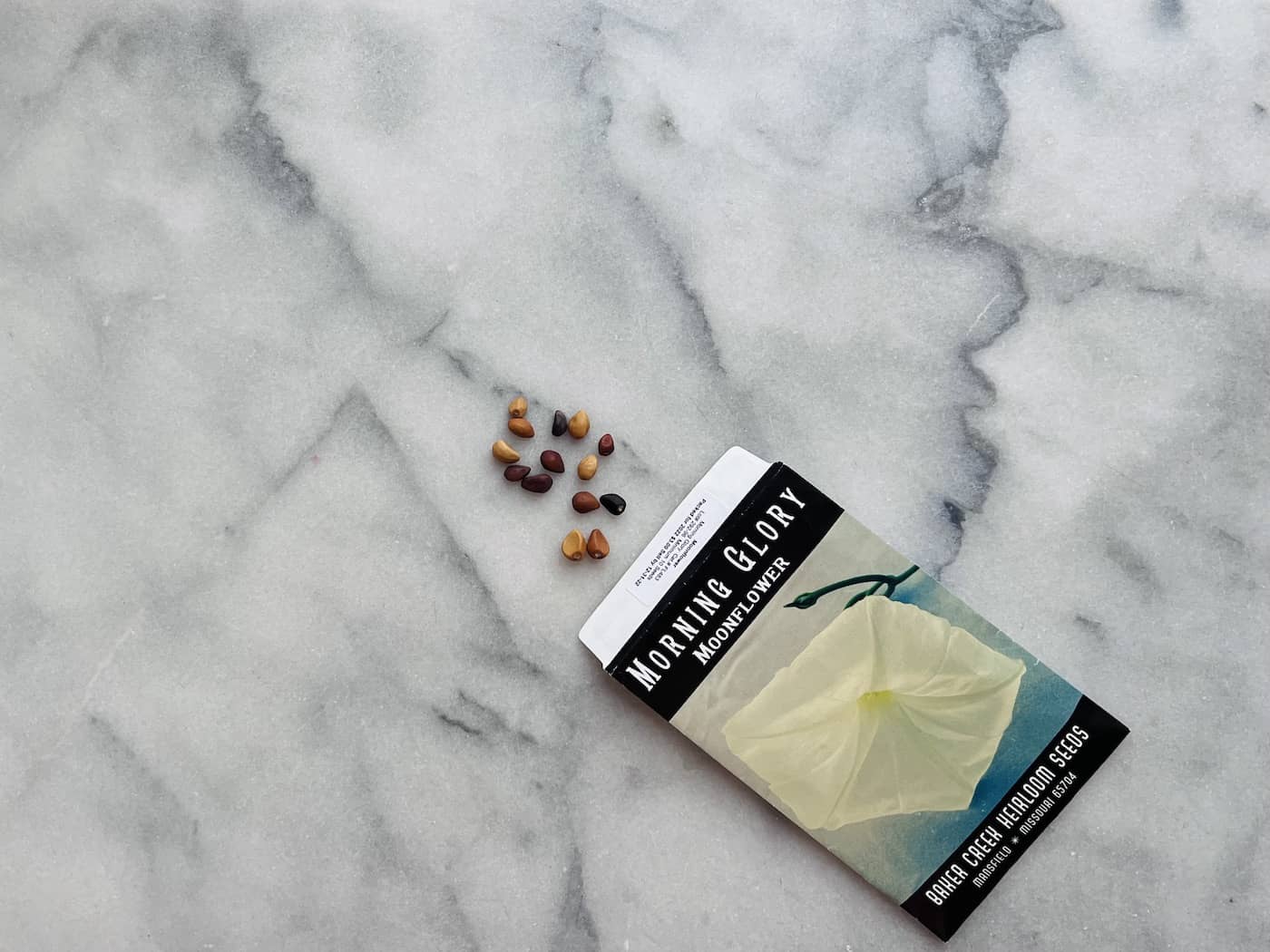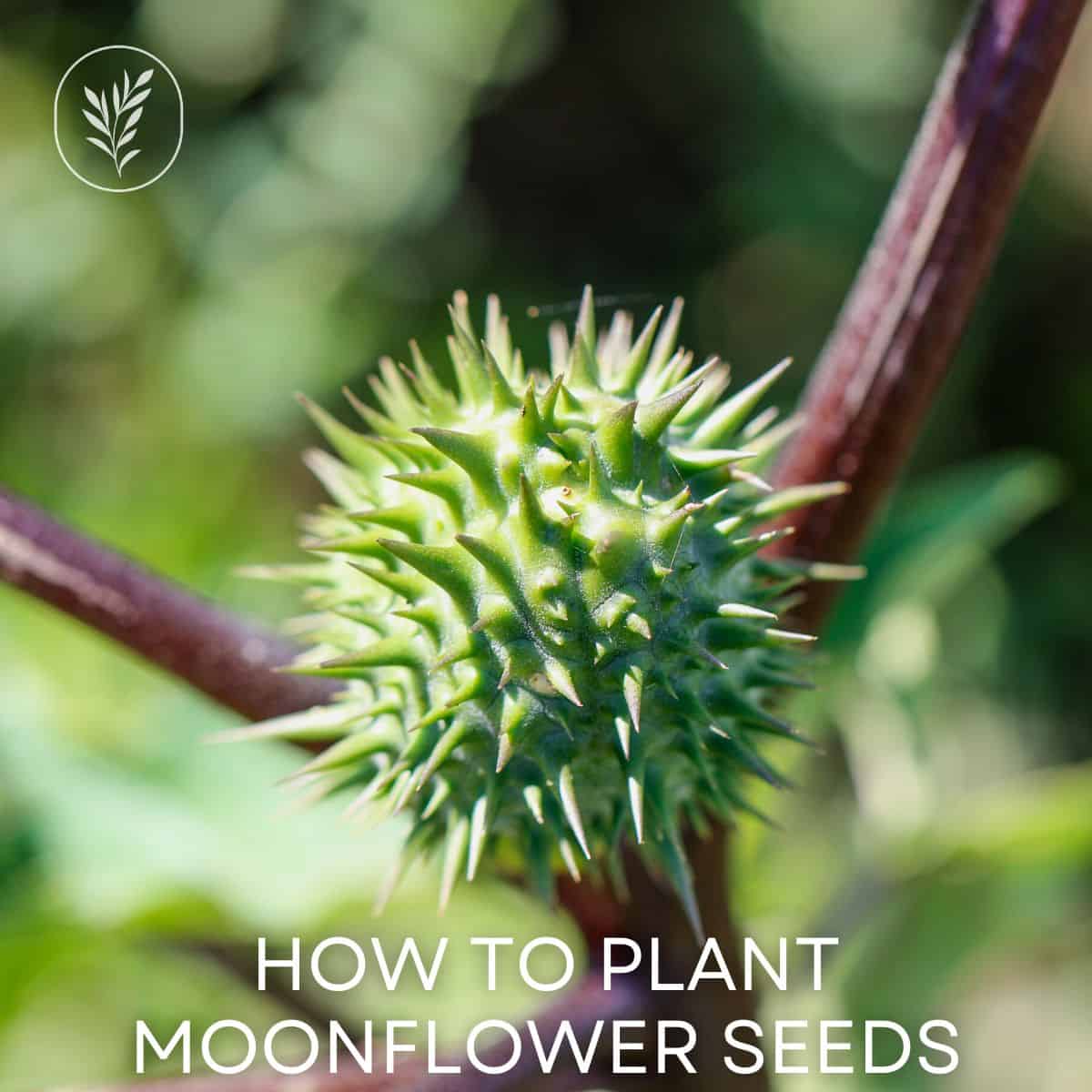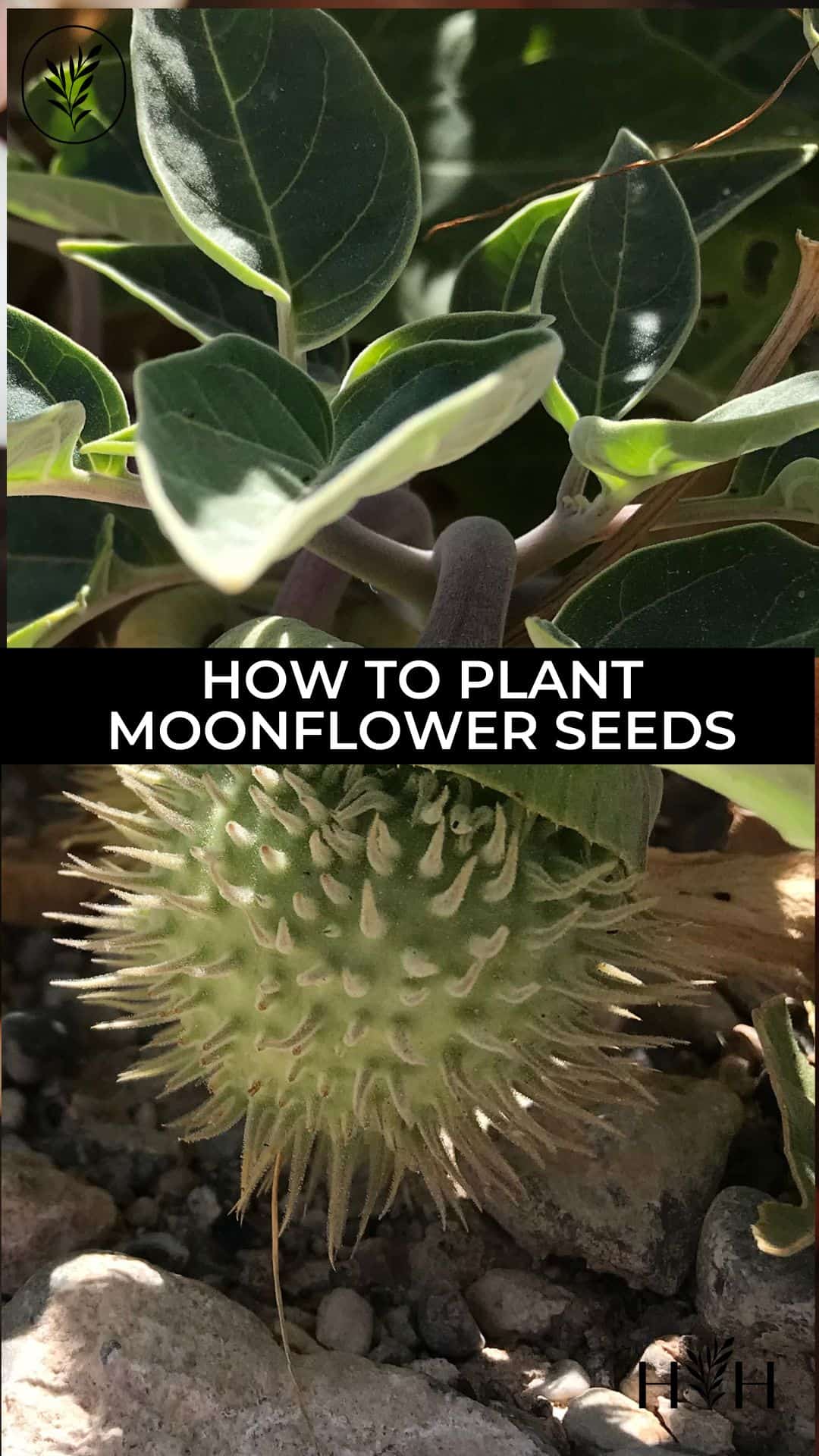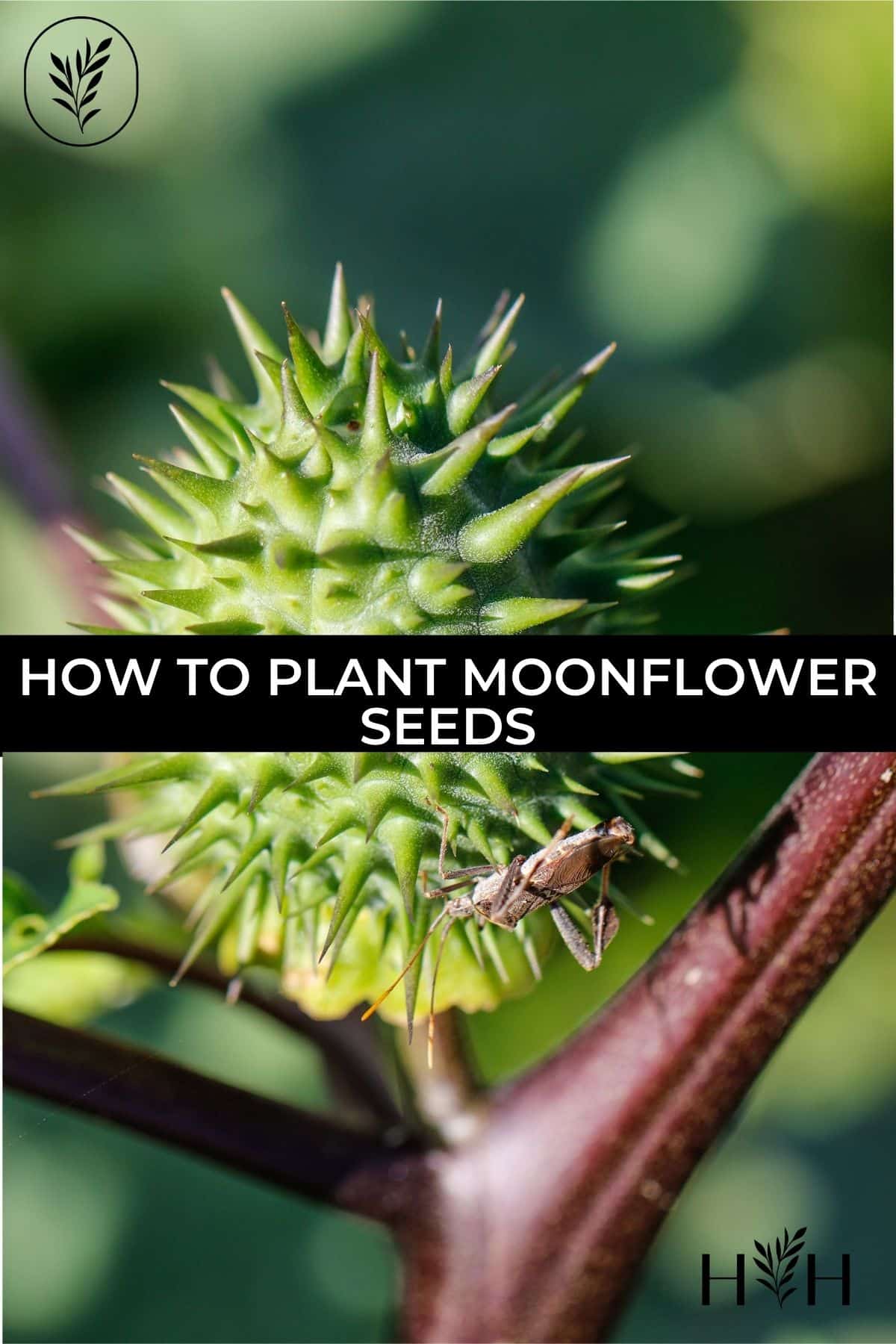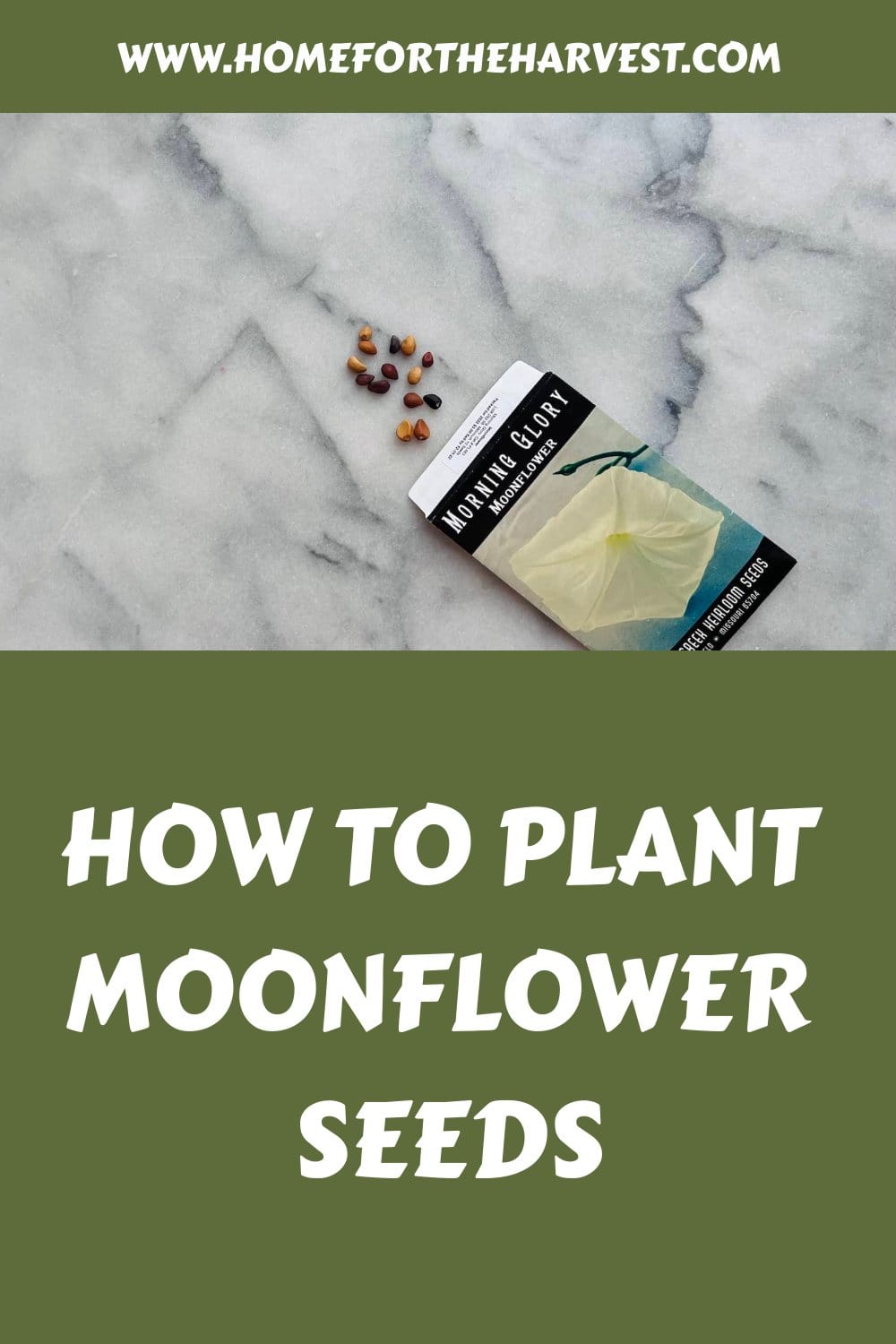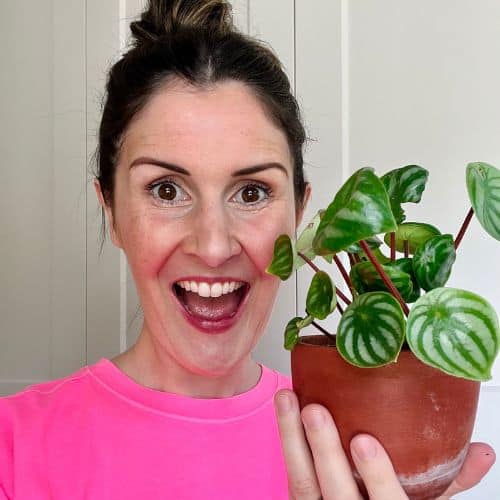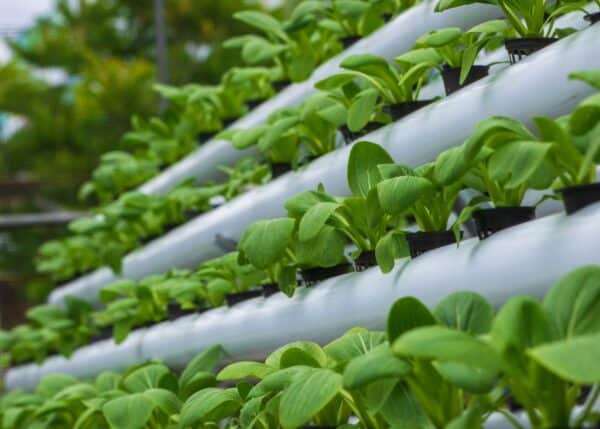Moonflowers are incredibly rewarding flowering plants to grow, producing large white blooms that light up a garden at night time. They are incredibly low maintenance too, ideal for beginner gardeners that want some extra fragrance in their backyard. So let’s learn how to plant moonflower seeds!
Moonflower seeds grow best when planted straight into the ground in spring, around two weeks after the last frost date. They should be planted near a support structure to allow the long vines to climb. You can soak them for a few hours before planting if you like. When planted in full sun in the right climate, they will produce their sought-after blooms in summer and into fall.
Read on to learn all the details.
What are moonflowers?
Part of the Ipomoea genus, moonflowers are scientifically known as Ipomoea alba. This is the largest genus in the family Convolvulaceae, including other famous plants like morning glory and even sweet potatoes. That is why you may also see this plant labeled tropical white morning glory.
Moonflowers are grown for their stunning blooms that appear in summer and into fall. The flowers are a stark white and release an intoxicating fragrance most powerful at night, filling your garden with a sweet scent. In the morning the flowers close up, ready to open again once the sun goes down.
Ipomoea alba is a large and quick-growing plant, reaching around 10 feet tall and several feet wide if given the space to grow. They are ideal for training along a fence or trellis to create a living wall overflowing with gorgeous white flowers and large heart-shaped leaves.
Like many other members of the Ipomoea genus, parts of the plant are toxic to animals and humans when ingested. Keep away from prying paws or curious fingers in your garden and be careful when handling the plant.

Where do moonflowers grow best?
Moonflowers originate from tropical regions in the Americas and grow best in warm weather. They thrive in USDA Zones 10-12, although they can be planted as an annual in the warmer months and removed at the end of the season. Keep in mind that this does shorten flowering time, as moonflowers will continue to bloom until the end of fall if temperatures are high enough.
These plants grow strongest in areas will full sun (at least 6 hours per day, but preferably more). They aren’t majorly fussy about soil, but grow best in slightly acidic to neutral soil that drains well. Plant close to a nearby structure that the vines can climb for the quickest possible growth. Alternatively, install a trellis or arch close to the site at planting time to train up the structure.
When is the best time to plant moonflower seeds?
As tropical plants, moonflowers do not handle cold and frost well – especially in the early stages of growth when young shoots are most vulnerable. They should be planted around two weeks after the last frost date in your area, once the soil has warmed and daily temperatures have risen enough to promote growth.
Moonflowers don’t respond well to root disturbance, so it’s best to sow them directly into the ground for the strongest establishment and quickest growth. However, if you want to get a head start on planting, you can sow indoors and transplant later when the temperatures have risen. Make sure you plant in biodegradable pots that can be planted as is to avoid uprooting the young seedlings and stunting growth.
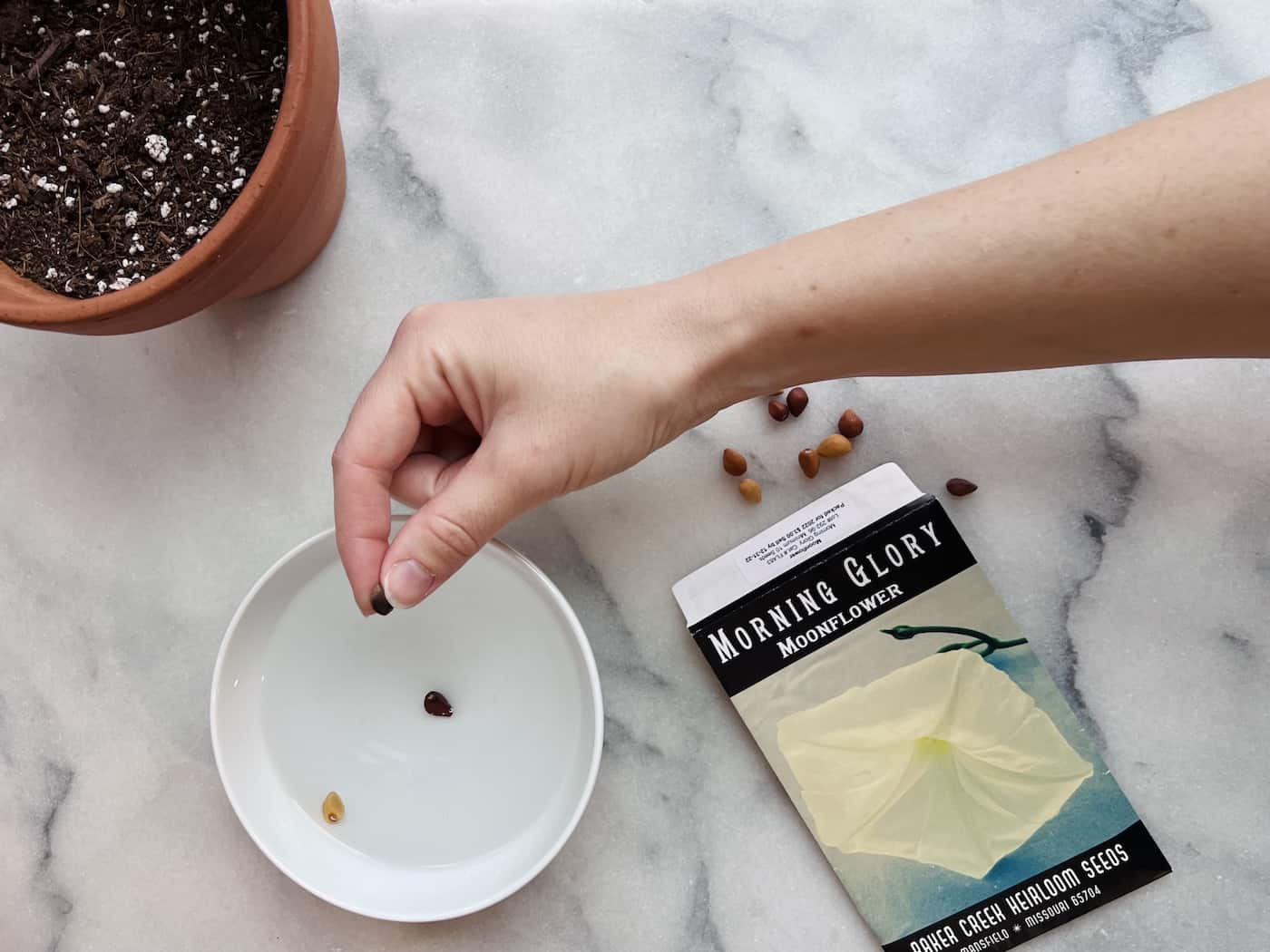
How to plant moonflower seeds
Whether you’re planting moonflower seeds indoors or straight into the garden, you’ll need to soak them first. This helps soften the hard outer layer of the seed before planting, speeding up the germination process. Open the outer shell slightly by filing with a nail file or piece of sandpaper gently before soaking in warm water overnight.
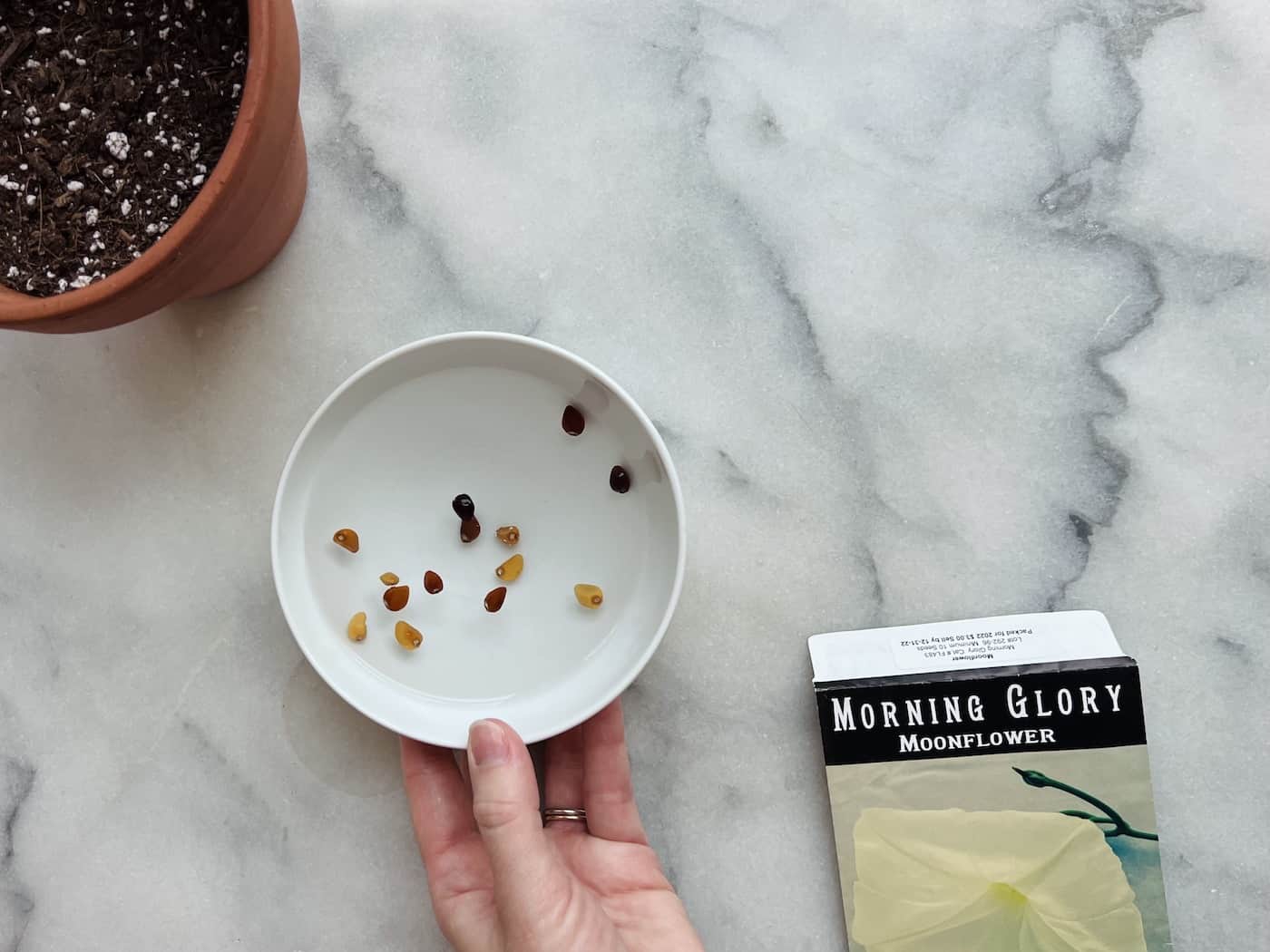
Sow the seeds immediately the following day. There is no need to heavily amend the soil before planting (unless the texture is not right) as moonflowers grow best in average to poor-quality soils. For sowing in biodegradable pots, use a general seedling mix.
Press them gently into the soil and cover with a light layer of soil (less than half an inch). If you’re installing a new support for the vines to climb up, do so now to avoid disturbing the roots later on. Ensure the seeds get enough sunlight and plenty of moisture to encourage germination. Growth should appear in less than two weeks.
When the seedlings are around two inches high, thin them out by removing underperforming growth. The space between the remaining seedlings should be around 12 inches. Make sure they have enough space to expand as they will produce fewer flowers when short on space.
If you need to transplant seedlings, harden off first by slowly exposing them to outdoor conditions over a week of time. This will limit any shock after planting that can kill off the seedlings.
Once established, these low-maintenance plants will need very little attention to thrive. Keep the soil lightly moist but not waterlogged and only feed if there is a severe nutrient deficiency in the soil or the plant is not performing well. The vines will grow quickly, eventually producing stunning white blooms in mid-summer to enjoy in the evenings.


